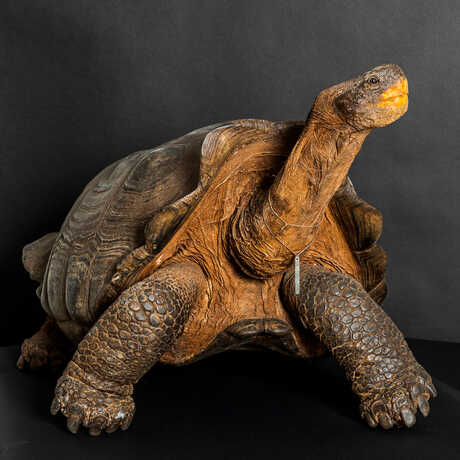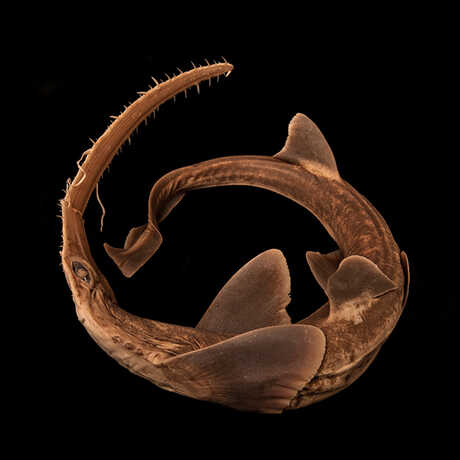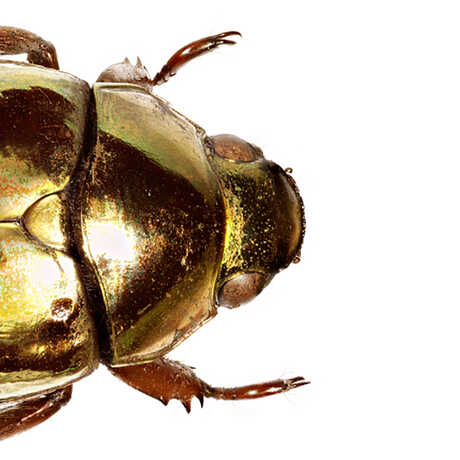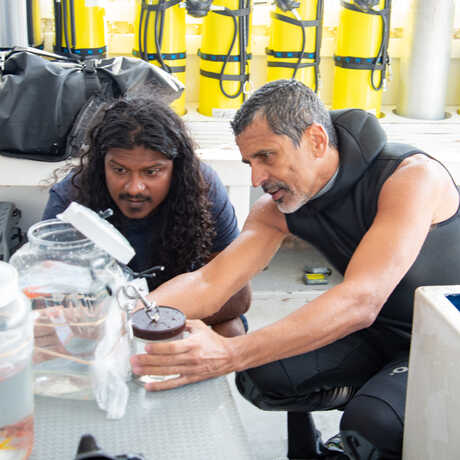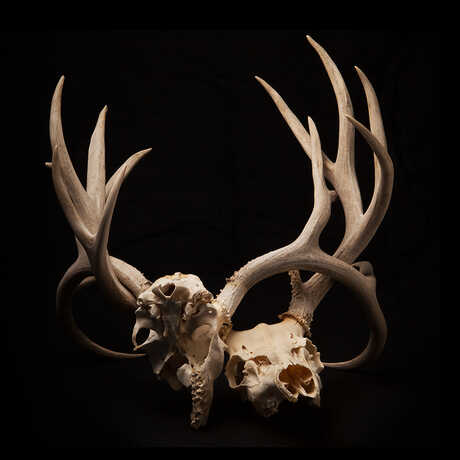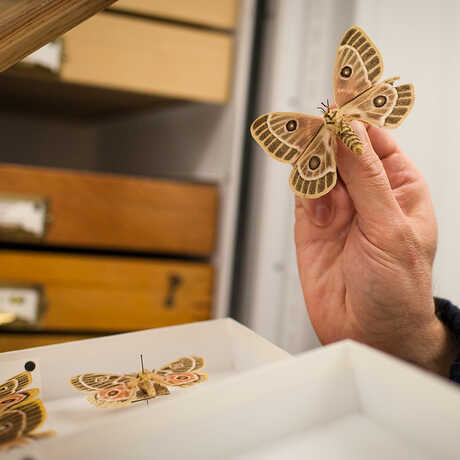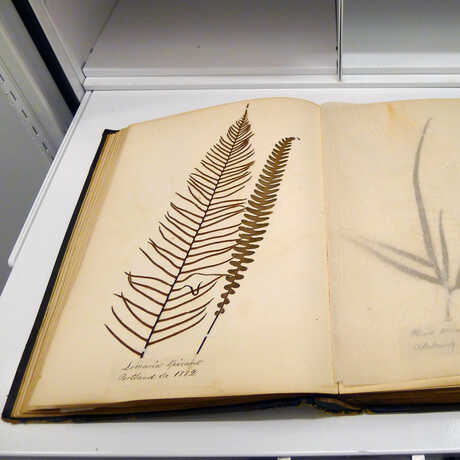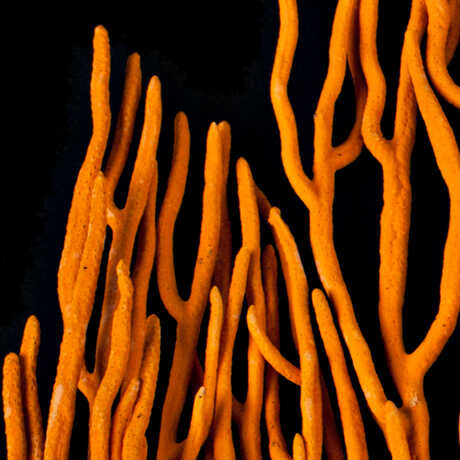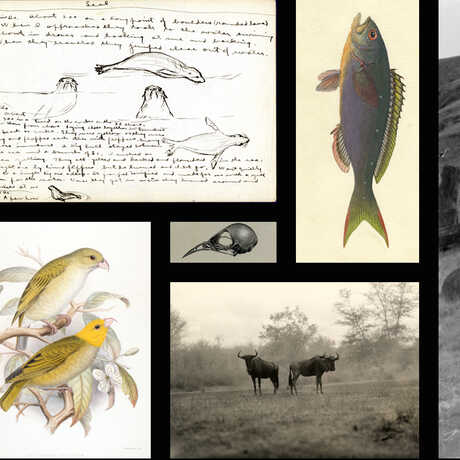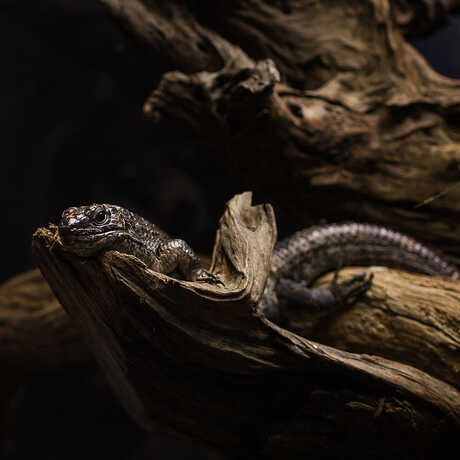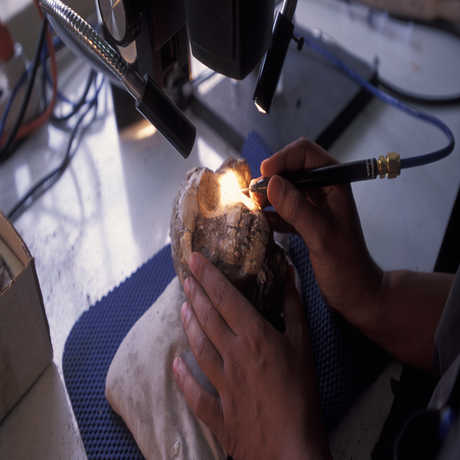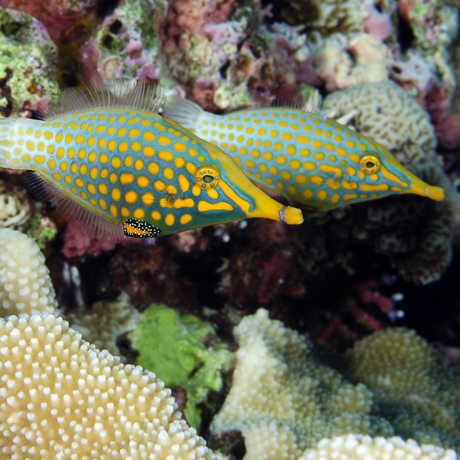Hidden Wonders invites guests to follow a specimen’s path from observation to analysis to preservation to see firsthand how collections are built—and how the legacy of a specimen extends far beyond its lifetime. The exhibition also highlights the tools and technologies that enable our scientists to extract DNA from specimens collected long ago.
Hidden Wonders: Inside the Academy's Collections
Nearly 40 thousand animals are on exhibit at the Academy. But did you know there are nearly 46 million specimens behind-the-scenes?
Hidden Wonders: Inside the Academy’s Collections offers a look into the Academy’s vast “library of life,” an archive of objects from around the world and across the eons. With nearly 800 fascinating specimens on display, guests will learn why scientists and museums collect, and how collections are an invaluable, irreplaceable resource for conserving and regenerating the natural world.
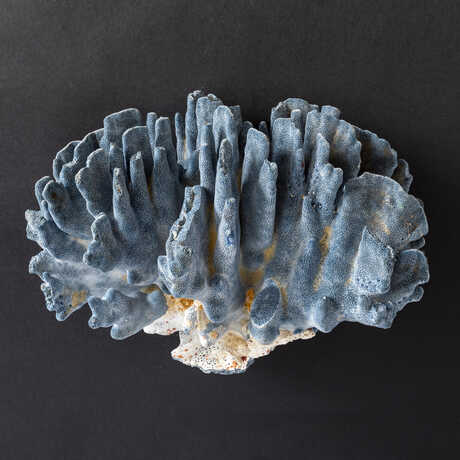
Collecting is conserving
By understanding the past, we can protect the future. Our scientific collections are a vital record of our planet’s natural history, allowing scientists and researchers to track the spread of disease over time, predict the impact of climate change on species and ecosystems, help prevent future extinctions, and more.
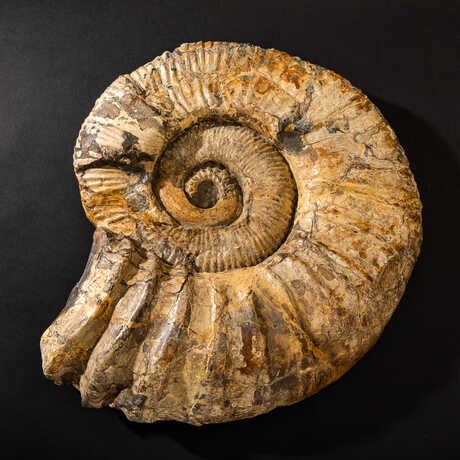
Multi-sensory science
Explore the exhibition with your eyes, ears, and hands: Touch an ancient ammonite fossil from 126-113 million years ago; listen to audio recordings of bird songs collected to chart changing biodiversity; and learn more about the objects on exhibit through digital kiosks or scanning their QR codes with your smartphone.
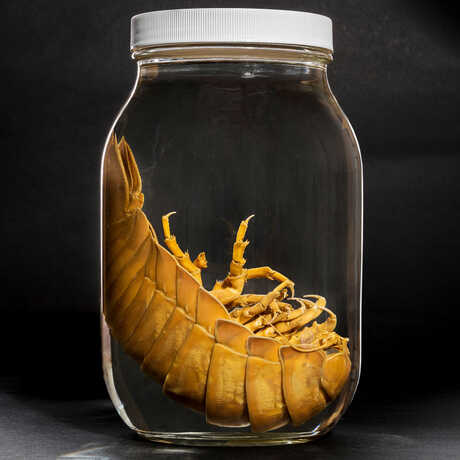
Specimen spotlight
The deeper you go, the bigger things can get. Case in point: The giant isopod (Bathynomus kensleyi). Superficially resembling a super-sized pill bug, this crustacean scavenges the seafloor at depths of 560-8,200 feet and can grow up to 14 inches long. This particular specimen was collected by Academy scientists during a 2011 Philippines expedition.
All specimen photos on this page by Gayle Laird © California Academy of Sciences. Counterclockwise from top: Galápagos tortoise (Chelonoidis duncanensis); blue coral (Heliopora coerulea); giant isopod (Bathynomus kensleyi); ammonite (Crioceratites latum)





